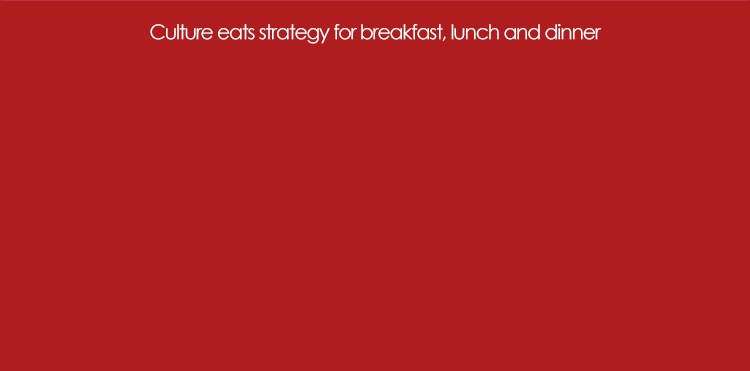Competing through organizational agility
Adapting to change in a rapidly changing business environment
Rapid changes in competition, demand, technology and regulations have made it more important than ever for organizations to be able to respond and adapt quickly. In today’s business environment, organizational agility is no longer a luxury, but a necessity.
Competitive advantage depends on the ability to move quickly, decisively and efficiently in sensing, responding to and exploiting change in the business environment. Organizational agility is needed:
Organizational agility is the capacity to be infinitely adaptable without having to change. Agile organizations strive to develop a built-in capacity to shift, flex, and adjust, either alone or with alliance partners, as circumstances change, and to do so as a matter of course
Being infinitely adaptable is the key here, and there’s really only one way to do that: Create the culture that has the built-in capacity for agility. The winners of the future will be those who can out-change both the competition and external forces.

Organizational culture eats strategy for breakfast, lunch and dinner
Organizations must change and adapt repeatedly
Agility does more than allow companies to adapt. It makes them adaptable and proactively nimble as part of their culture.
Agile organizations are optimistic in the face of challenge, never rest on their success, and regularly seek to improve even when they are successful
Like a cheetah – which can accelerate, decelerate and change direction faster than anything else on the African savannah, and has evolved into the fastest animal on land and one of the most agile creatures on earth – organizations must change and adapt repeatedly if they are to maintain their environmental fit and survive – and stay ahead of the forces that will signal tough times or the company’s demise.
Agile companies focus on the ability and capacity to implement changes, both incremental and discontinuously, as well as the ability to verify the contribution of execution to performance.
What are common traits of agile organizations?
- Agile organizations never rest on their success and regularly seek to improve even when they are successful
- There is alignment and clarity around the mission, and vision and values
- They embrace failure as a learning opportunity, have a strong purpose, a vitality and a learning mindset
- Rapid decision-making happens not just during a crisis, but every day
- There is a strong ability to execute, high levels of accountability, customer-centric thinking and strong cross-organizational synergy
Creating a culture of agility is possible and should be the first strategic priority because it is the culture that spawns an organization’s ability to adjust in any direction and execute any strategy.
Short URL & title:
Why focus on an agile organizational culture — https://www.torbenrick.eu/t/r/hcd
Share it:
If you enjoyed this article, please take 5 seconds to share it on your social network. Thanks!







About The Author
Torben Rick
Experienced senior executive, both at a strategic and operational level, with strong track record in developing, driving and managing business improvement, development and change management. International experience from management positions in Denmark, Germany, Switzerland and United Kingdom